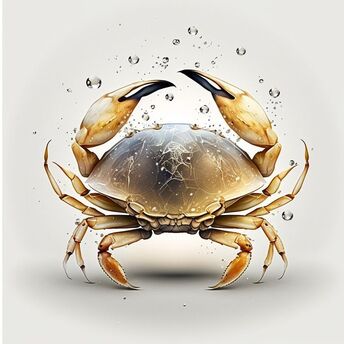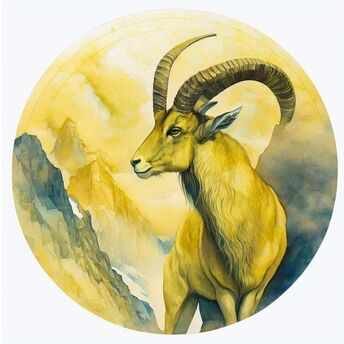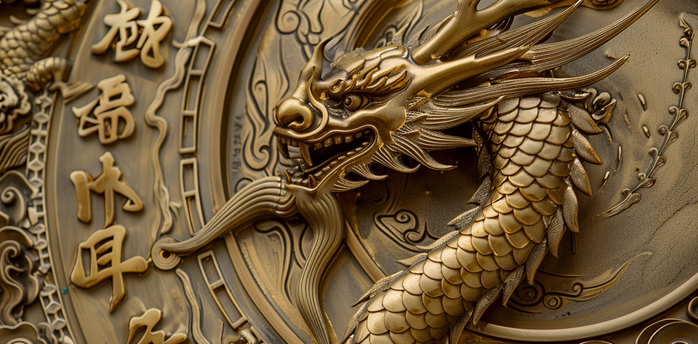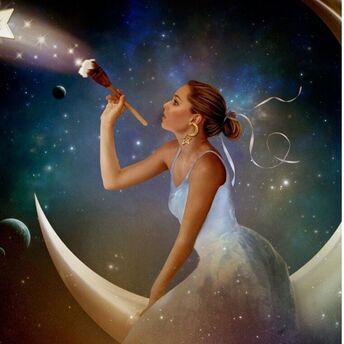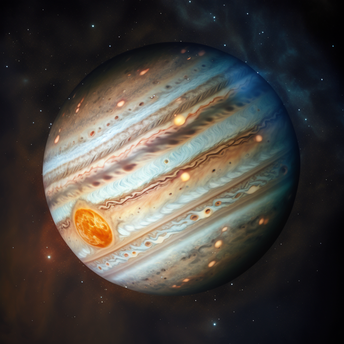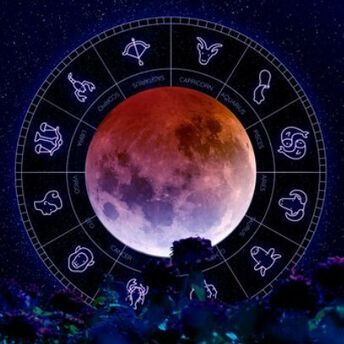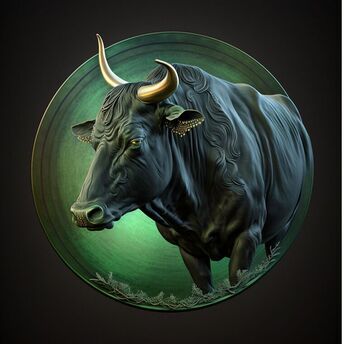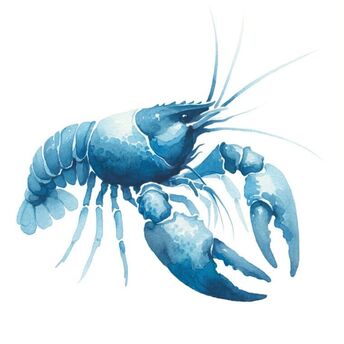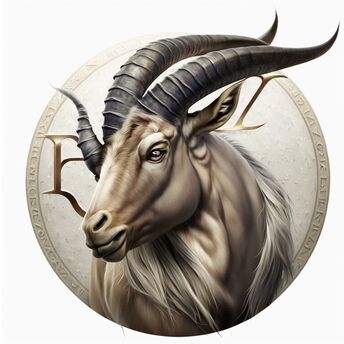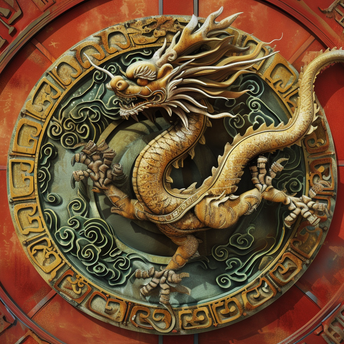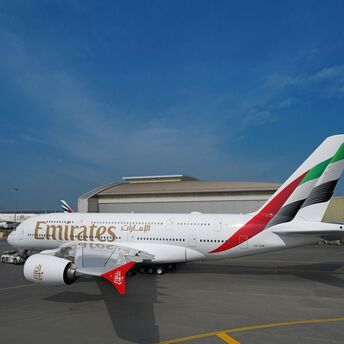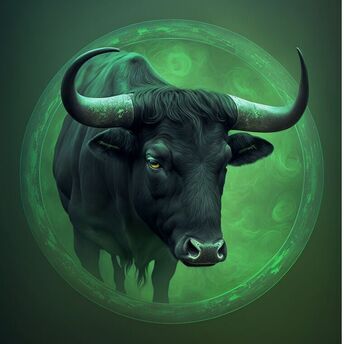The most expensive on the planet: named the lost fabric that no one can reproduce

Almost 200 years ago, Dhaka muslin was the most expensive fabric on the planet. Then it disappeared. Even the method of its production was lost, so it is believed that it can no longer be reproduced.
Today, almost any light, transparent, mostly inexpensive machine-made cotton fabric is called muslin. However, it has lost any connection with the handmade fabric that once came exclusively from Bengal. Muslin from Dhaka was especially famous, the BBC writes.
The history and popularity of this fabric goes back thousands of years: it was used to dress statues of goddesses in ancient Greece and Mughal emperors.
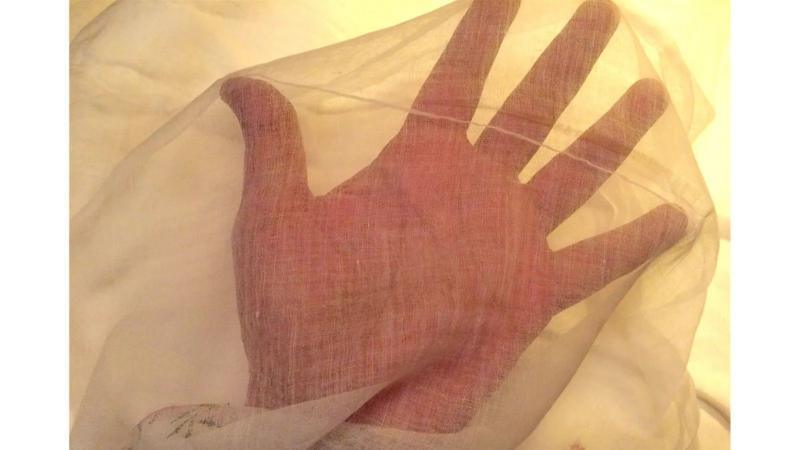
The texture of this fabric was so delicate and exquisite that it was called "woven from air." A dress made of this muslin could fit into a matchbox.
Xuanzang, a Chinese Buddhist monk and traveler, saw Dhaka muslin during his visit to India in 629 and wrote: "This fabric resembles a light dawn haze."
According to legend, the transparency of muslin led to trouble for the Mughal emperor Aurangzeb when his daughter was accused of appearing naked in public, although she was wearing seven layers of the finest muslin.
Dhaka muslin was made from a special kind of cotton known as Phuti karpas, which was grown on the banks of the Meghna River in the Bay of Bengal.
Unlike the long, thin threads of the Gossypium hirsutum cotton, which is used to produce 90% of the world's cotton today, Phuti karpas had unusual fibers that were difficult to work with because they broke during spinning.
In 2014, a small group affiliated with the non-profit Drik Picture Library, based in Dhaka, conducted extensive research into the origins of muslin.
That same year, the team collected its first batch of cotton. They found spinners who combined regular cotton with phuti karpas to create a hybrid thread. Then it was time to weave - and it turned out to be more difficult than expected.
In the end, they managed to create a fabric close to the samples of the past - a new century muslin.
The team made several saris of hybrid muslin, which have already been exhibited around the world. Some of them have been sold for thousands of pounds.
